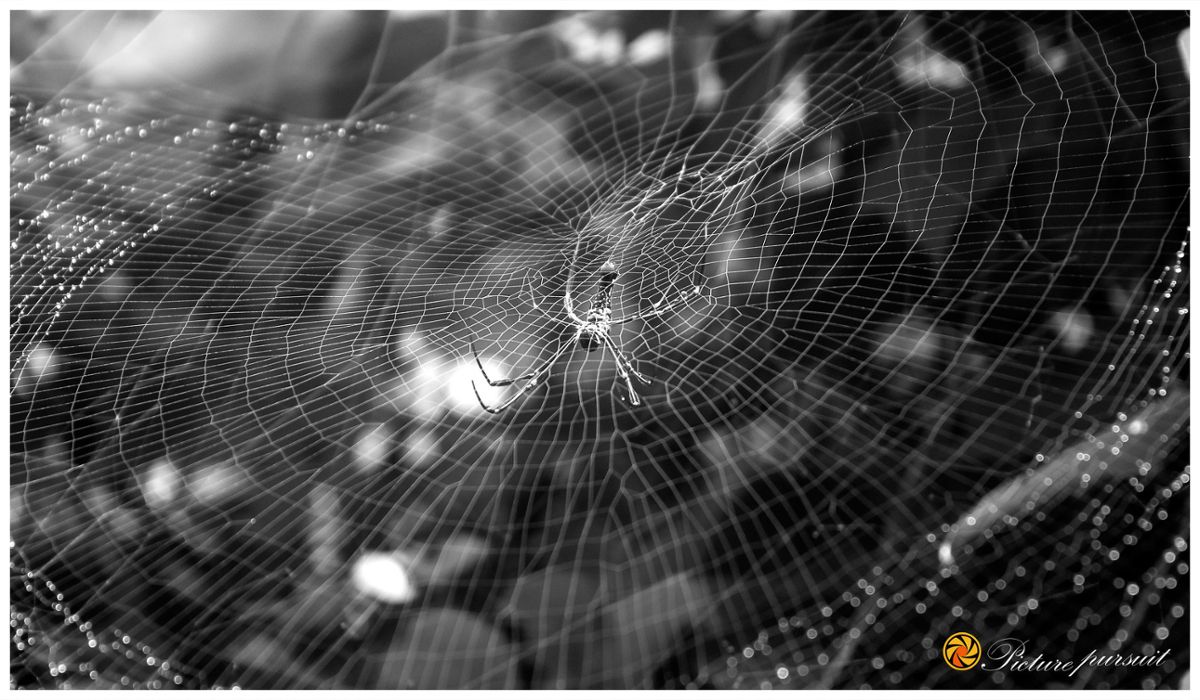Many of us are really afraid of spiders, but the spiral webs of orb-weaving spiders are among nature’s marvels. Scientists wonder how spiders could accomplish such a feat of engineering, despite a brain so small that, in smaller species, it’s barely visible to the human eye. Although orb webs have a complex geometry, they are all built following the same general pattern. So, researchers suspect that instead of formulating a plan using intelligence, the animals are guided by an innate set of rules, much like a computer following its program.
In 2021 a team of biologists published the results of their attempt to test this hypothesis, and learn the spider’s web-making rules. The researchers studied a species of tiny spiders that spin their webs at night, using mechanical stimuli to guide them.
They used infrared night vision cameras to record the spider’s every move, and artificial intelligence to extract vast amounts of data from the videos, locating the spider and tracking the positions of segments of each of its eight legs in every frame. The scientists showed that the web-making process really does follow rules, which were the same for every spider.
Spiders begin by spinning a disorganized protoweb. They replace this with the frames, spokes, and hub of the final web. Next comes a preliminary spiral, which stabilizes the web’s structure, and also determines the outline of the final portion, the sticky threads of the capture spiral. Although the whole process has a consistent sequence of stages, there is flexibility too, because the order of some stages sometimes varies. Next the researchers hope to learn how these stages are encoded in the spider’s brain.










